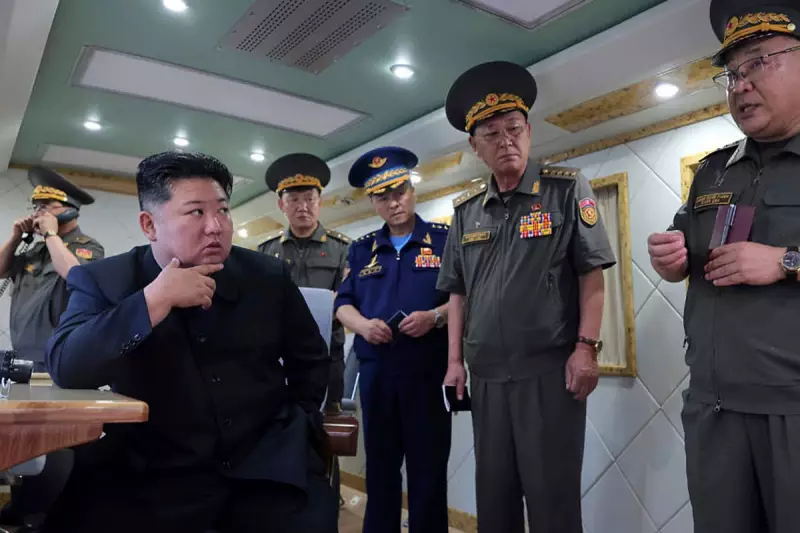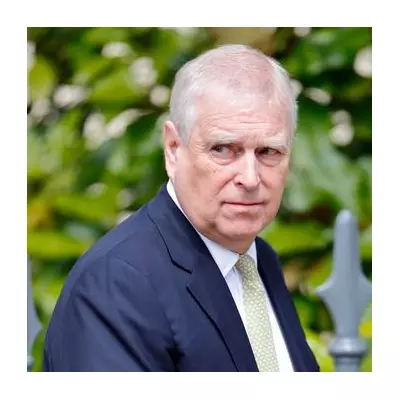
In a significant and provocative escalation of military posturing, North Korean leader Kim Jong Un has personally overseen the test-firing of a new generation of ballistic missiles. The drills, which took place on Monday, were designed to simulate a nuclear counterattack, dramatically raising tensions on the Korean Peninsula.
The tests featured a new tactical ballistic missile, the Hwasongpho-11Da-4.5, which analysts believe is engineered to outmanoeuvre and penetrate sophisticated regional missile defence shields. State media released images showing multiple missiles being launched from launchers in quick succession, demonstrating a capability for rapid and overwhelming fire.
A Simulated Nuclear Strikes
According to the official Korean Central News Agency (KCNA), the exercise was a direct response to the joint military drills conducted by South Korea and the United States. The operation was framed as a practice run for a "mass nuclear strike" intended to "make the enemy plunge into despair".
The report stated that the drill involved detonating mock nuclear warheads at a preset altitude of 500 meters above a target island, vividly simulating the destructive impact of a tactical nuclear attack.
International Condemnation and Rising Tensions
The tests have drawn swift and stern condemnation from Seoul and Washington. A Pentagon spokesperson labelled the actions "destabilising" and a clear violation of multiple United Nations Security Council resolutions.
This latest provocation follows a pattern of increased belligerence from Pyongyang. Just days ago, Kim Jong Un's powerful sister, Kim Yo Jong, issued a stark warning to Japan, threatening consequences if it continued to interfere with the North's sovereign activities.
Experts suggest these tests are part of a dual strategy: to advance North Korea's military technology under the guise of responding to external threats, and to strengthen its position for any future diplomatic negotiations by showcasing its growing arsenal.
The international community watches with apprehension as North Korea continues to refine its prohibited weapons programmes, challenging global non-proliferation efforts and heightening the risk of miscalculation in one of the world's most volatile regions.





